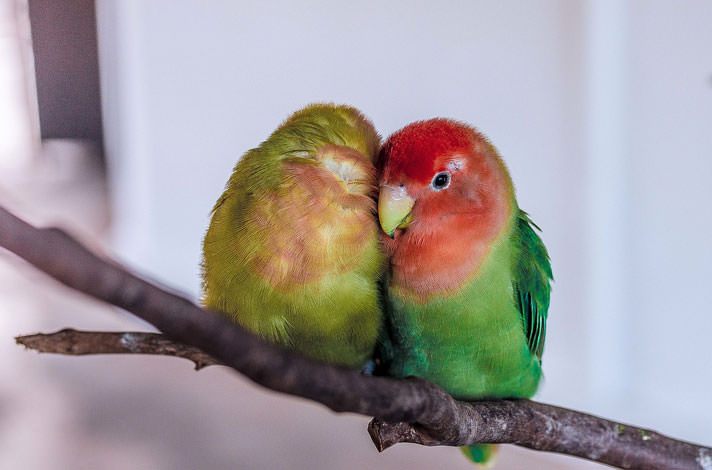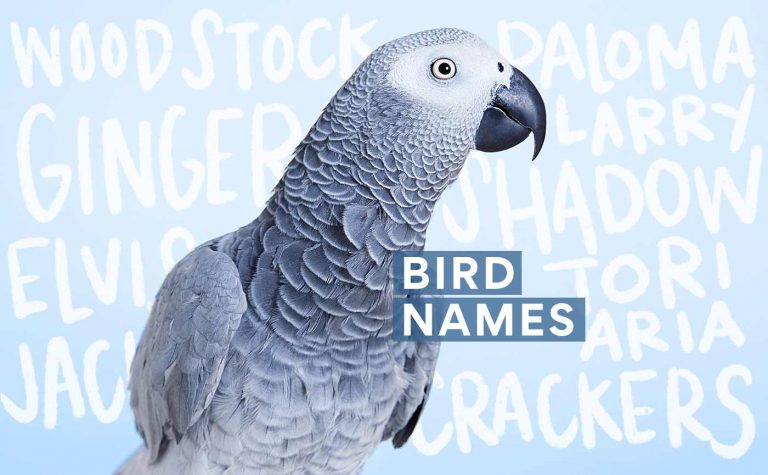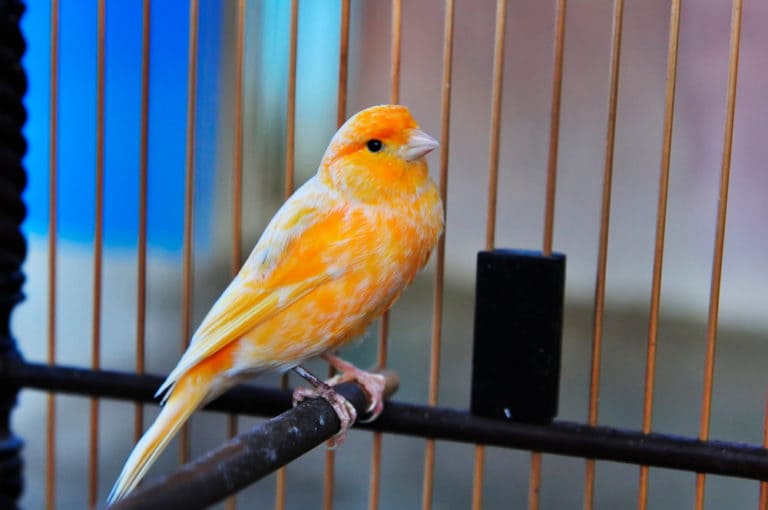New bird parents can’t really go wrong with a canary. These good-natured birds are playful and while they require attention, that can be as low-key as hanging out with you in the same room, says Dr. Anne Staudenmaier, an associate veterinarian in the Avian and Exotic department at Angell Animal Medical Center in Boston.
Like all pets, though, you need to know what you’re getting in for when you get a canary. Read on to see what it takes to keep these cheerful songsters.
Where Canary Birds Come From
Originally, canaries came from the Canary Islands, the Azores and Madeira—islands in the Atlantic Ocean. Now they are bred all over the world, including the United States, and come in a variety of colors—from yellow to shades of red and orange. Some of the more popular varieties include the red-factor canary (known for its orange-red feathers) and the American singer. Canaries are small birds (between 5 and 8 inches long) and can live between 10 and 15 years, if you care for them properly.
Where to Get a Canary
Staudenmaier suggests checking your local shelter first before buying. Most of the canaries that are in a shelter are adults, she says. “That means their personalities are developed, and you’re able to get a good idea of whether the bird is going to be a good fit for you.”
If you’re looking for a young bird, you can check out an online breeder or pet store. But whether you adopt or buy, look for birds that are perched in their cages and engaging with the world around them. “If a bird is puffed up on the bottom of the cage and doesn’t open its eyes when you approach, it is probably not feeling well,” she notes.
Canary Traits and Personality
Want to hear your canary singing? Get a male bird. While female canaries vocalize, too, the beautiful songs people associate with canary birds are really only sung by males, Staudenmaier explains.
Both males and females tend to be cheerful, sweet and playful. While some canaries can get used to perching on your finger or being handled, typically they’re not the cuddliest of birds, notes Staudenmaier. So if you’re looking for a snugglier bird you can play and train, get a parakeet. (Just be forewarned: Budgies require a lot more love and attention!)
All canaries need TLC, but how much depends on your bird’s temperament. Outgoing canaries will enjoy being talked to, hearing music, and hanging out with their parents in the same room. “But if your bird seems nervous with this amount of activity, a less traveled room may be better,” says Staudenmaier.
You can also take them out of their cages to fly around in the room as long as it’s safe—it’s not only good exercise but it provides mental stimulation, Staudenmaier notes. If your pet enjoys this, make sure you are around to supervise and cover the windows and mirrors so your canary doesn’t accidentally fly into them and hurt himself.
Wondering whether your canary needs a companion? Not necessarily. Unlike, say, parakeets or even finches, a canary doesn’t mind being the only bird in the house—or the cage.
Care and Feeding of Canary Birds
Cages
Whether you keep one canary or two, make sure the cage is at least 2- to 3-feet tall, so your canary bird has room to fly. Place at least two or three perches inside bird cages, too, Staudenmaier notes. Set up these perches so they’re at different heights and at opposite ends of the cage to give your bird room. Or you can get your pet a flight cage, like this one from Prevue (but make sure there are a variety of perches there too).
Inside the cage, keep two food and water bowls—and a bigger, shallower bowl for your canary to bathe in. Change all water bowls daily. Keep your bird occupied during the day by providing foraging toys, which you can make by wrapping seeds and/or treats in small scraps of paper for your bird to search through and open, says Staudenmaier. Or you can buy a foraging toy, like Planet Pleasure’s colorful pineapple-shaped one. And keep the cage clean!
Feeding
Canaries do best on a formulated pellet diet, Staudenmaier says, citing Zupreem and Kaytee as popular, reliable brands. (One to try: Zupreem’s Natural Small Bird Food, which has vitamins and minerals.) Then supplement your canary’s diet with vegetables like kale, carrots, sweet potatoes, green beans and parsley. It may take several days or even weeks to coax your bird to come over and try a new food, warns Staudenmaier. Don’t feed your canary garlic, onions, or avocadoes—they’re poisonous to birds.
Sleeping
Canaries need a quiet, dark room to sleep at night.
Keeping Your Canary Healthy
“Canaries, like all birds, have very sensitive respiratory systems. Things like smoke, cooking with Teflon, candles, and air fresheners can all be harmful to their health and should not be used near them,” Staudenmaier says.
Canaries are hardy birds, which is why they make good first-time pets. But if your canary spends a lot of time on the floor of the cage, or if he’s not eating or singing as much as he used to, take him to the vet. You can go to the Association of Avian Veterinarians website to search for avian veterinarian in your area, says Staudenmaier.
By: Linda Rodgers
Featured Image: Via iStock.com/Davo86
Share:












